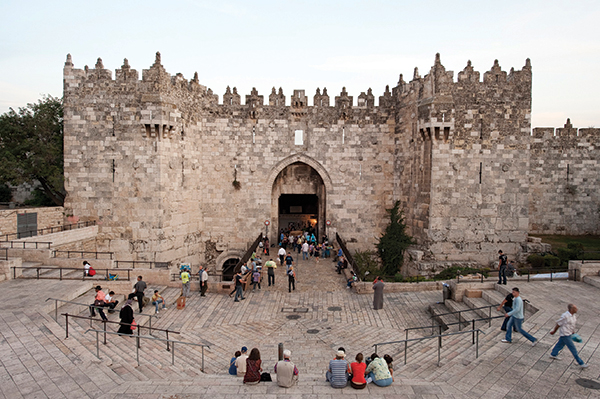
Under the leadership of the State of Palestine, the United Nations Development Programme/Programme of Assistance to the Palestinian People (UNDP/PAPP) is managing the first development program of its kind for Area C and East Jerusalem, with financial support from the governments of Sweden, Austria, Norway, and the United Kingdom.
The Community Resilience and Development Programme (CRDP) is a new initiative led by the Ministry of Planning and Administrative Development to support areas of development and state building. Unfortunately, we are in a situation where the population in Area C is facing dire living conditions. The limitations imposed by the prevailing political context pose a range of challenges to the Palestinian Government and development actors in their efforts to respond to Palestinian needs and aspirations.
Area C is considered essential for the viability of a Palestinian State, with an economic potential, if reclaimed, that exceeds US$ 5 billion, or more than 60 percent of the current Palestinian GDP.
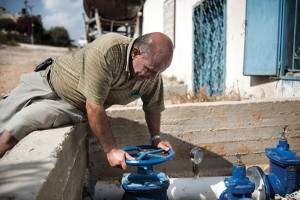
The CRDP, as one mechanism led by the Palestinian Government, started to address Area C, East Jerusalem, and the Seam Zone as a development potential in need of investment, rather than areas in chronic crisis. If fully funded, the project will relieve humanitarian spending from the international community to focus on more dire needs, and hopefully reduce such needs where CRDP is being implemented.
In order to do this, a wide array of partners are engaged in the programs, including communities, grassroots organizations, local and international NGOs, and local government units. Partnerships and modalities of implementation are carefully designed in order to facilitate a complementary approach and a transitional process from humanitarian interventions towards development.
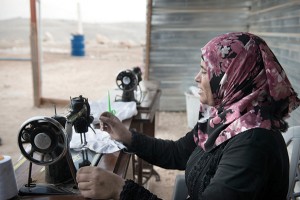
Being a lead donor, along with Austria and Norway, Sweden, through the Swedish International Development Agency (Sida), initiated the program along with UNDP and the Ministry of Planning and Administrative Development, aiming to focus attention on the developmental needs of Palestinians in Area C and East Jerusalem, while protecting the viability of the two-state solution. For the Swedish Government, promoting a life in dignity and security for Palestinians in East Jerusalem, the West Bank, and Gaza is a cornerstone of its new strategy for development cooperation with the State of Palestine 2015–19. According to Maher Daoudi at the Swedish Consulate, CRDP is an expression of that ambition from the Swedish side.
To date, the CRDP’s impact has consisted of raising the awareness of various stakeholders, including the donor community, of the importance of Area C and East Jerusalem in the implementation of the two-state solution outlined in the Oslo Accords (1993–1995). Moreover, it triggered the annual reporting process to the Ad-Hoc Liaison Committee (AHLC), in addition to the facilitation of various meetings and coordination among important actors towards aligning efforts in supporting resilience development.
What has been done so far?
Since its inception in September 2012, the CRDP has funded 49 projects in various marginalized communities and localities in Area C and East Jerusalem with a total amount of US$ 11 million.
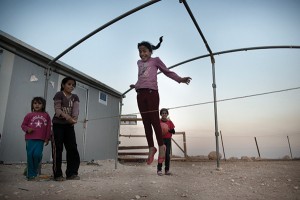
Building the resilience of people is key to UNDP’s strategy and mandate, as it requires partners to think beyond the humanitarian assistance framework. The CRDP is one of UNDP’s available instruments used to support the resilience of the Palestinian population, improve their livelihoods, and empower them to advance development in the West Bank, including East Jerusalem and the Gaza Strip.
CRDP, through its implementing partners, has been facilitating the provision of basic services, protection and access to natural resources, creation of job opportunities, especially amongst women, and promotion of rights in these areas.
East Jerusalem is in the core of various strategies of the State of Palestine and donors. The CRDP contributes to supporting resilience of Jerusalemites in conformity with the Strategic Multi-sector Development Plan for East Jerusalem and other sector-focused studies.
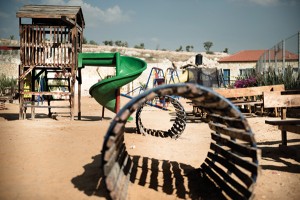
So far, 20 projects have been implemented to help youth, children, and women through funding of innovative ideas. For example, a few projects supported after-school education for youth and children, in addition to provision of psychosocial services to families. An educational fund was established to link volunteerism with financial aid to university students. A medical fund was established at Al-Makassed Hospital to support Jerusalemites who have no medical insurance. New market-driven vocational courses were developed, a media and animation lab was provided at Wajdi University College, and a community-based emergency medical program, including a small emergency vehicle, was funded in order to respond to emergencies in the Old City of Jerusalem.
Access to education and improvement of schools’ and educational centers’ physical environments has enabled more children and youth, including women, to enjoy renovated spaces and refurbished programs. An example can be vividly seen at the St. Joseph Sisters School in the Old City where two classrooms have been added and a multipurpose hall was renovated as part of the school renovation. Another example is Dar al-Aytam School, where spaces in the basement were utilized to provide more room for innovative vocational training courses.
Moreover, the tent of Burj al-Laqlaq society has been rehabilitated so as to provide unique space for social and sports activities. Finally, the CRDP is assisting the Peace Center for the Blind to upgrade its capacity to provide educational and vocational programs for the visually impaired.


